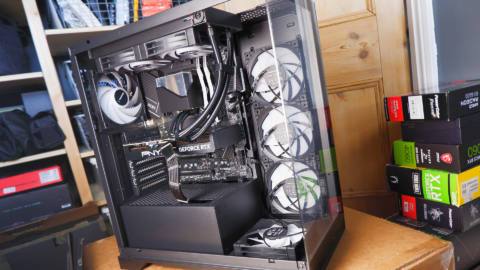- Expected release date: Q4 2024 – Q1 2025
- Codename: Blackwell
- Naming scheme: Expected to be the RTX 50-series
- Process: Rumoured to be TSMC 3nm
Nothing stirs up the internet rumour mill quite like the speculation around a new generation of graphics cards, and Nvidia's next generation GPU architecture, believed to be codenamed Blackwell, is currently the source of much debate in the PC hardware world.
While we'll likely have to wait a little while longer before anything official is revealed about Nvidia's next generation of GPUs, we decided to take the opportunity to round up some of the more credible rumours we've heard so far and discuss our expectations, wants and desires for the new cards.
It seems like it wasn't that long ago we were sorting through the rumoured specs of the Ada Lovelace generation of graphics cards, and to be quite honest, it wasn't. A quick look back to early 2022 finds us speculating on some of the potential power requirements of Nvidia's next generation flagship, the card that eventually turned out to be the RTX 4090, and a possible max TDP of 800W or more.
Thankfully when the RTX 4090 did eventually arrive it wasn't even close to that level of power draw, but with a TGP of 450W it was still surprisingly thirsty. A handy reminder then, that while speculation of this type can (and often does) end up being off the mark, a grain of truth can often be found.
While we know little about Blackwell gaming GPUs so far, we do know that the B100 Blackwell graphics processor for enterprise computing will be released in 2024, based on official Nvidia slides shown at the SuperComputing 2023 special address (via Wccftech). The teaser slides showed the GPU almost doubling the performance of the Hopper H200 it will replace in the GPT-3 175B inference performance benchmark.
Nvidia has remained typically tight-lipped about it's next-gen gaming GPUs, although given what we have so far, it's still possible to gain a decent idea as to where it might be heading with the next generation of cards.
So what can we expect, and what do we want in the next generation of Nvidia GPUs?
Nvidia Blackwell naming scheme
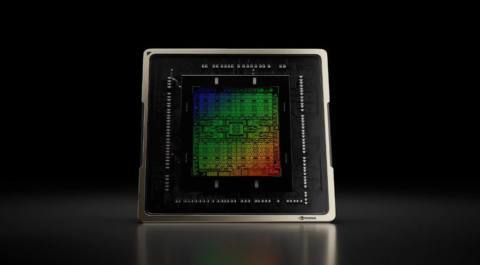
What naming scheme can we expect for Nvidia Blackwell?
The previous Nvidia graphics processor generation was named Ada Lovelace, after the English mathematician and writer who worked extensively on Charles Babbage's mechanical computer, the Analytical Engine. This new generation of processors is rumoured to be named “Blackwell” after David Blackwell, an American mathematician who made significant contributions to game theory, probability theory, information theory and statistics.
The RTX 4090 was based on the Ada Lovelace AD102 graphics processor, and was later followed by the RTX 4080, based on the AD103, and the RTX 4070 based on the AD104, before being followed by the RTX 4060 and RTX 4060 Ti variations using AD107 and AD106 respectively.
According to known Nvidia leaker kopite7kimi, the new generation of GPUs will use the GB prefix, and will reportedly be led by the GB202 as presumably the flagship card, then followed by the GB203, GB205 and GB206, with the entry level card being the GB207, much like the RTX 4060 with its AD107 designation.
If this naming scheme is accurate, the surprise here would be the move away from the 04 designation, with it's presumed replacement being the 05, although whether that's how things end up stacking up in terms of the eventual product line up is still to be confirmed. Nvidia currently lines up its GPUs by performance and not by the chip, so whether we'll see some changes in the last two digits of the product names to reflect this is still unclear, but seems unlikely.
What of the GB100, though, why are we starting with the 200s? Well, Nvidia isn't. The reason we're relatively confident about the Blackwell architecture is that it's already been teased by Nvidia as the name for its next-gen AI and supercomputing parts with B100 and the GB100 being used for its professional graphics cards.
It is worth noting that in recent history Nvidia has sometimes disaggregated its enterprise, compute-focused architecture from it gaming GPUs. We've never seen either the Volta or Hopper architectures used in consumer graphics cards, though it did use both Pascal and Ampere architectures in enterprise.
Regardless, we expect that what we'll end up seeing on the shelves is likely to be called the RTX 50-series, given the steady one-digit increase in the first number of Nvidia GPU product generations previous, i.e. the RTX 30-series to 40-series, and that the tried and tested -080, -070 and -060 designations will be used once again.
After all, if it 'aint broke don't fix it, although it's not like that's ever stopped anyone's marketing departments before…
Nvidia Blackwell architecture
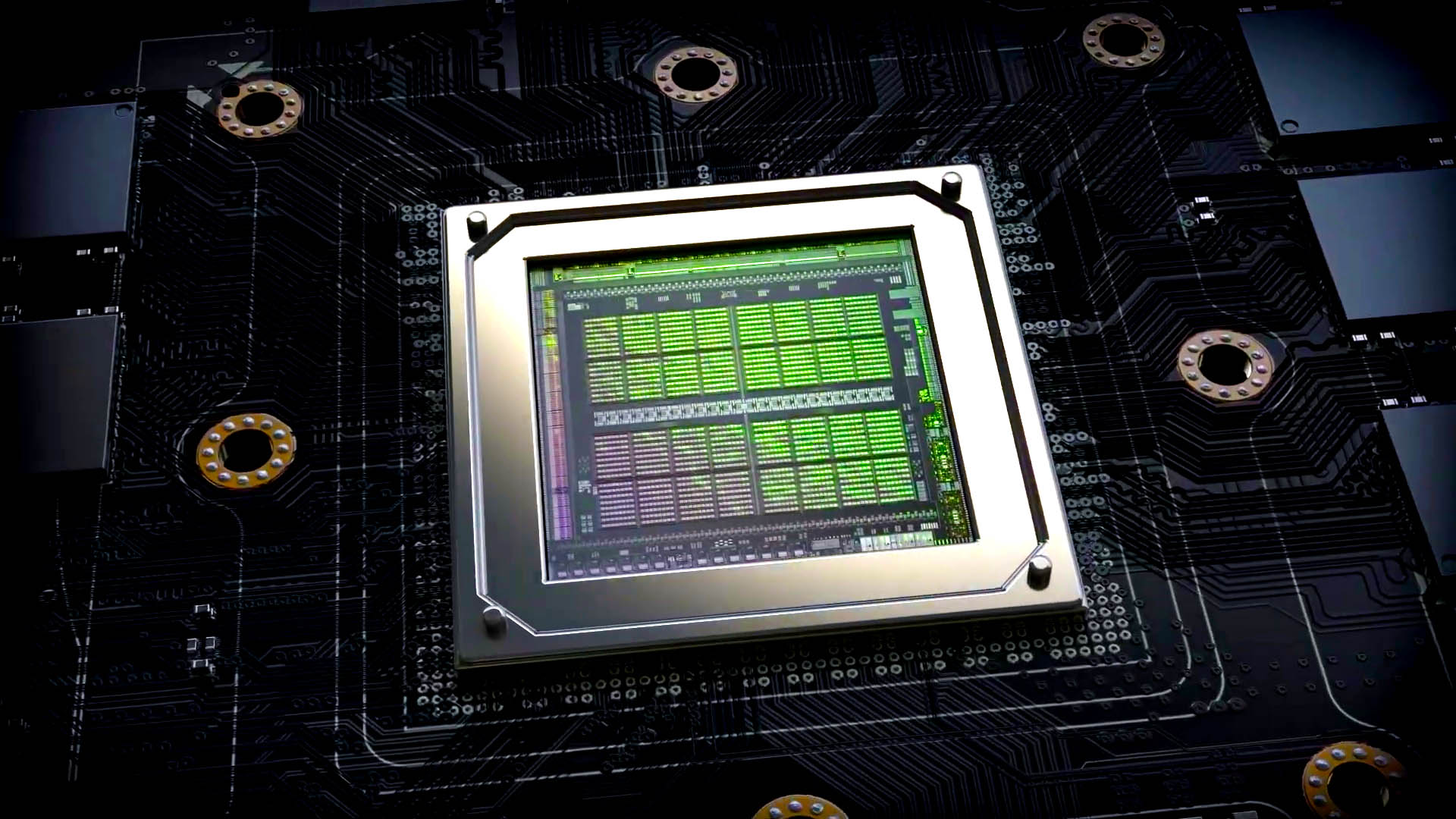
What architectural changes can we expect with Nvidia Blackwell?
Some speculation has surrounded the possibility that Blackwell may use a chiplet-based multi-chip module (MCM) as opposed to a monolithic design, although as things stand this rumour seems to be focused on data-centre GB100 Blackwell series cards and not consumer models.
AMD already makes use of a chiplet-based design in its RDNA 3 series of GPUs, although this is based around using separate compute, I/O and memory dies, not multiple compute dies themselves. Nvidia has so far stuck to monolithic architectures, but a shift towards a chiplet design would make sense in terms of of maximising yields in the long run, as the AD102 die in the RTX 4090 is a rather hefty 609mm², whereas the GCD used in AMD's Navi 31 is around half that.
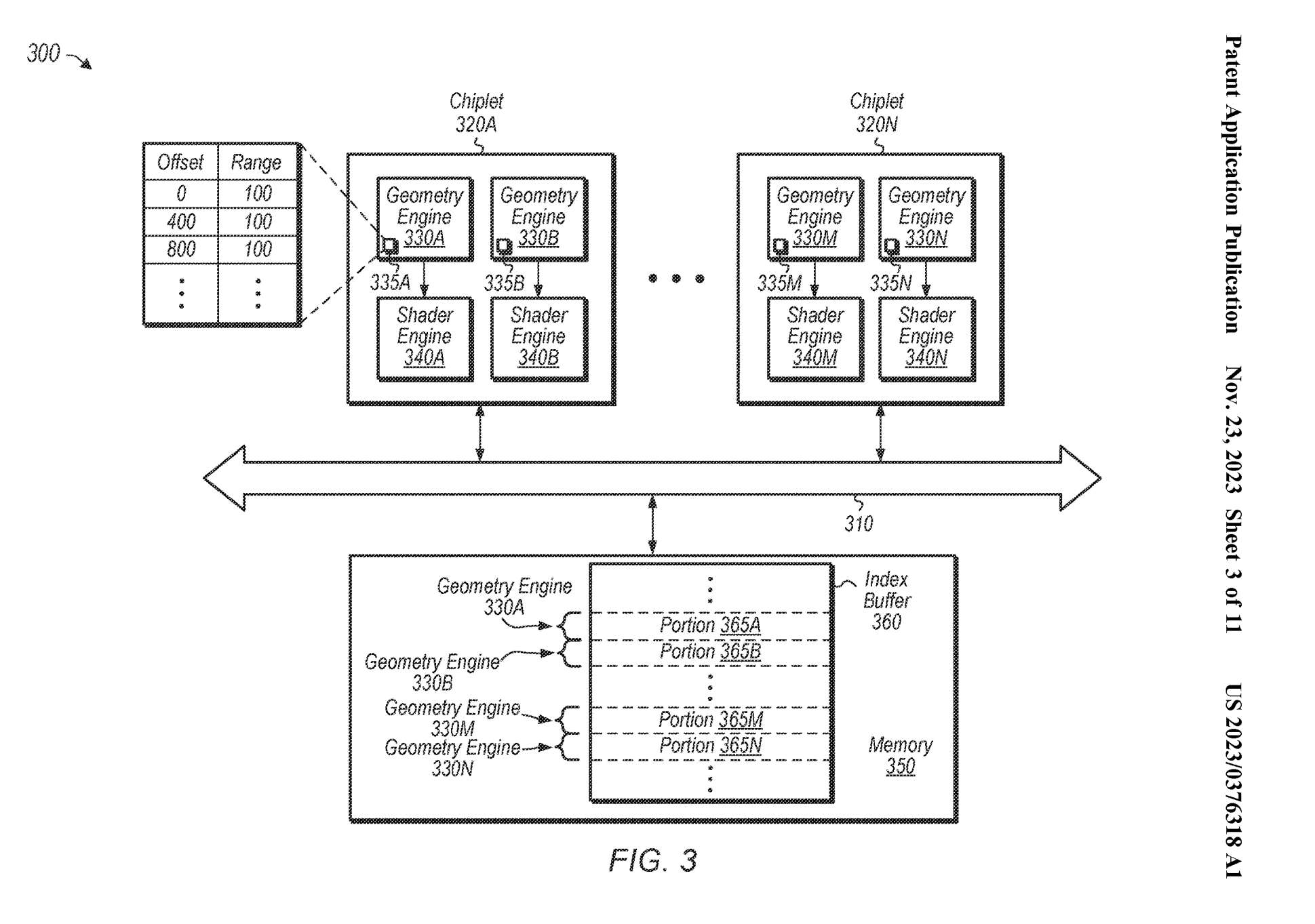
Cutting down die sizes would make sense in terms of maximising manufacturing output, and also in terms of GPU packaging. Although AMD seems to have jumped ahead of the game architecturally, if not in terms of actual performance, Nvidia is very likely to have chiplet designs of its own up its sleeve.
While we'd like to see Nvidia's take on chiplet gaming GPUs for ourselves, whether we see them used in gaming GPUs in this upcoming generation remains to be seen. If I had to guess I would suggest that it's probably at least a generation too soon for Nvidia to make that shift over to a chiplet design.
Nvidia Blackwell process technology
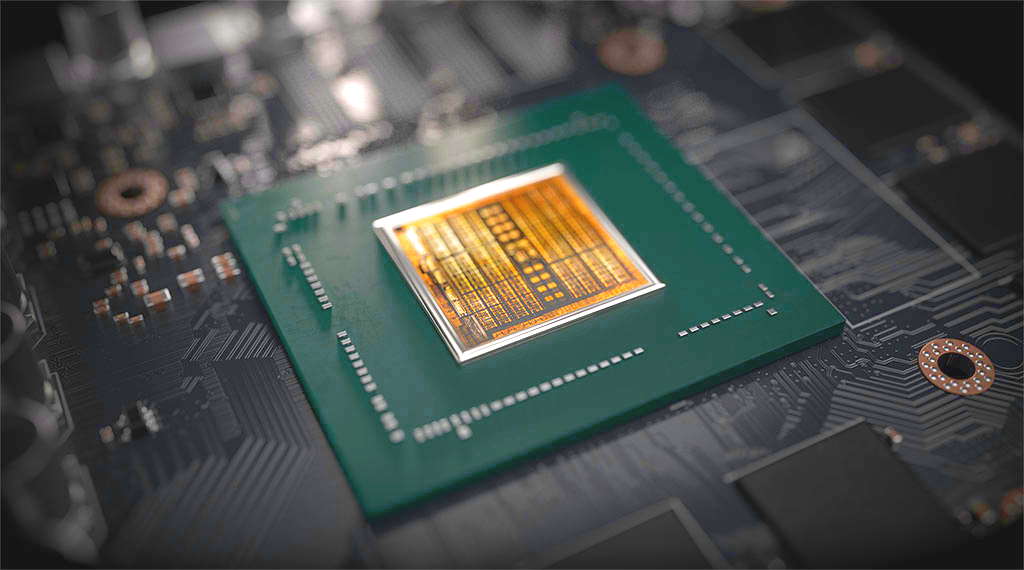
What process will Nvidia Blackwell use?
Rumours persist (via Extreme Tech) that Blackwell will be adopting TSMC's 3nm process node, which, given that the current generation of cards are on the 5nm process, makes sense as the next logical progression.
If this proves to be true, then the supposed advantages of the 3nm process in terms of power efficiency and smaller die sizes may mean cards that use significantly less power and potentially come in a smaller overall package. That hopefully means the gigantic coolers found on the RTX 4090 and RTX 4080 may no longer be necessary to keep that high-powered silicon running cool and quiet.
The current crop of high-end cards might have huge coolers, but they do the job well, and we'd expect a similar focus on cards that run cool for the next generation, although perhaps in smaller sizes. Given that the 3nm process is supposedly capable of running much more efficiently in terms of power usage, we'd like to see the top end card—and let's call it the RTX 5090 for argument—use less power overall at load.
At least for the sake of our poor PSUs.
Nvidia Blackwell GB202
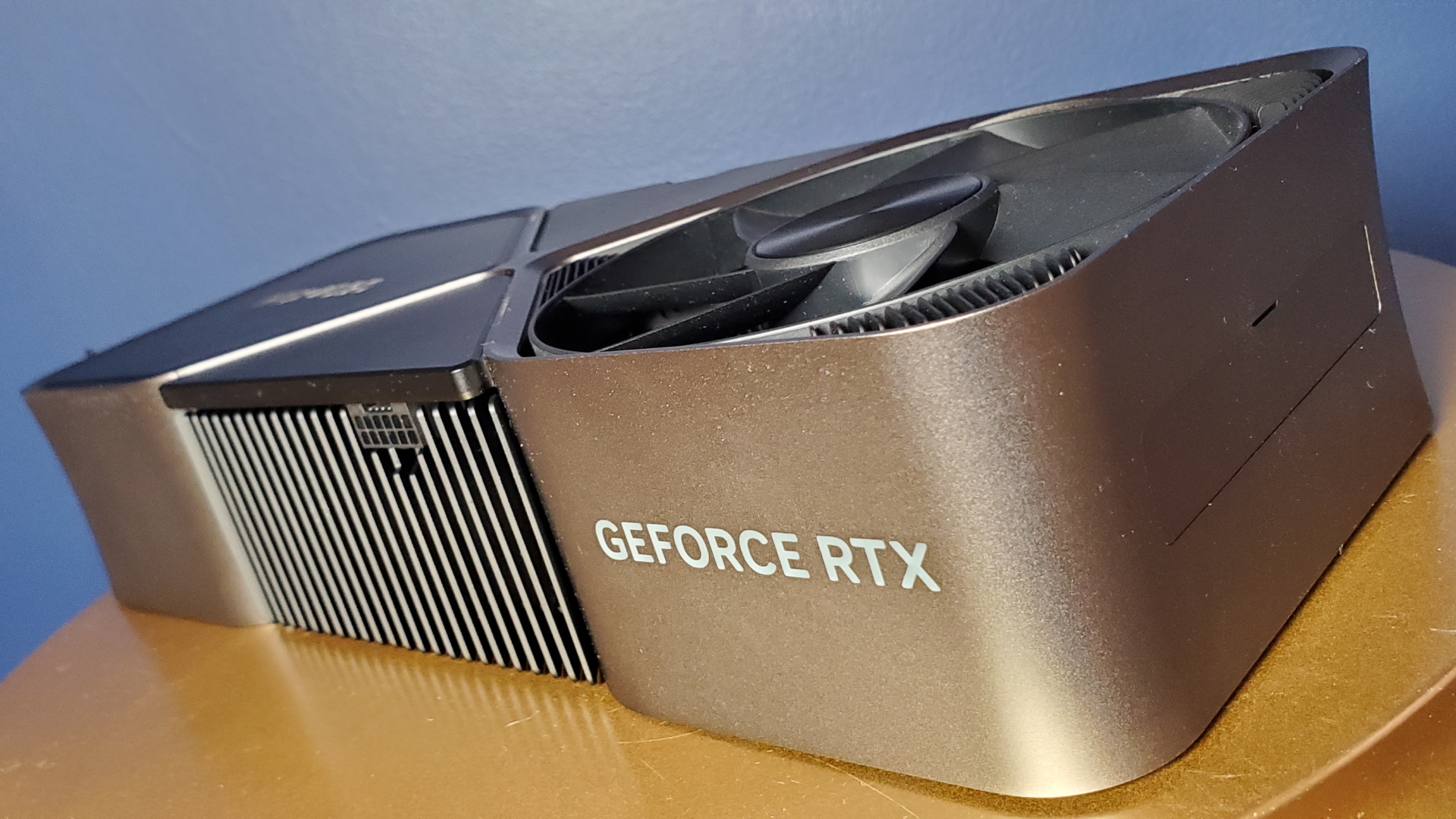
GB202: The RTX 5090… probably
Hardware leaker kopite7kimi has suggested that GB202—or what we're presuming is the RTX 5090—would come with a 512-bit bus, but later changed this prediction to 384-bit instead. That also aligned with a tweet from Red Gaming Tech which suggested they'd heard the same, though whether that's really two different sources or piggybacking rumours, it's hard to say.
That would only match the 384-bit bus found in the current RTX 4090, however the real gains here may instead come from the rumoured use of GDDR7 memory. Samsung has been reporting that its GDDR7 can reach a 36 Gbps transfer rate, in comparison to the 21 Gbps memory rate of the GDDR6X used by the current RTX 4090.
Assuming the RAM used in Nvidia's next flagship card was capable of producing similar speeds, this major increase would offset the need for a wider memory bus in the new GPUs, potentially providing over 50% higher bandwidth than the RTX 4090.
In terms of core counts, rumours vary. According to a now-deleted post on Chiphell (via Guru3d), GB202 was rumoured to include 192 SMs with a possible 24,576 CUDA cores, alongside 192 Ray Tracing cores and 768 Tensor cores.
Just to keep you up to speed, the RTX 4090 makes use of 128 SMs, 16,384 CUDA cores, 128 Ray Tracing cores and 512 Tensor cores.
If those specifications turned out to be correct, then the RTX 5090 would likely deliver a very substantial performance uplift over the RTX 4090, a card that itself remains head and shoulders ahead of every other gaming GPU currently available today.
Ultimately, given Nvidia's dominance at the very top of the stack thanks to the success of the RTX 4090, we'd expect the next generation top of the range card to also swing for the fences when it comes to keeping up that performance gap.
While AMD has had some decent mid-range releases in the form of the RX 7800 XT and RX 7700 XT, when it comes to even its highest end card, the RX 7900 XTX, it simply remains outpaced. While it's arguable that with such a large head start over its nearest competitors that Nvidia could afford to rest on its laurels, it simply doesn't make a whole lot of sense for it to take its foot off the pedal now.
We'd certainly like to see an RTX 4090 successor that continued to push the boundaries of GPU performance, even if it continued to push the boundaries of our power supplies and our bank balances.
Nvidia Blackwell: the rest of the family
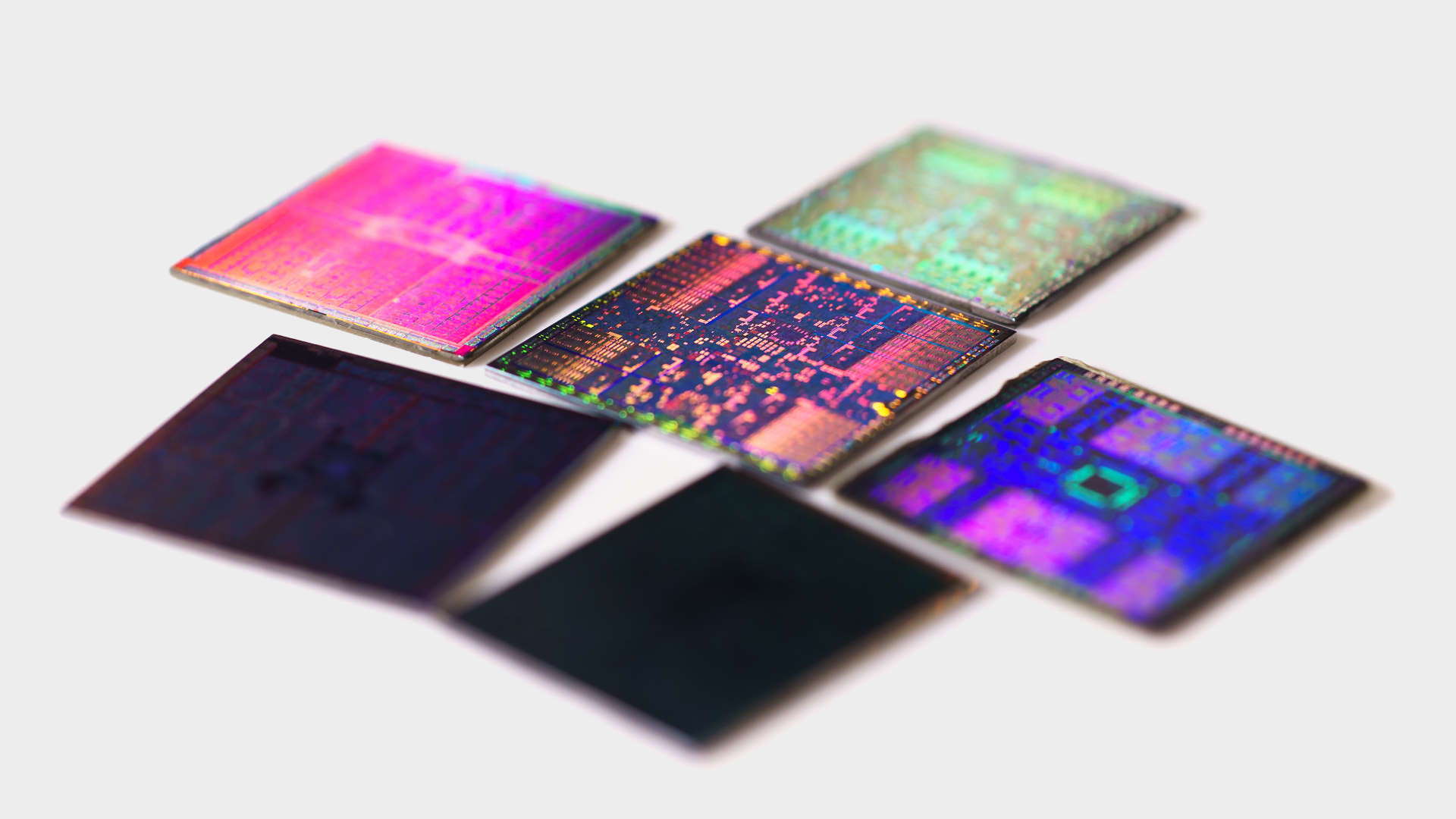
The RTX 5080, RTX 5070 and RTX 5060… also probably
While most of the speculation and leaks so far revolve around the top-end chip, much like the current generation it's the mid-range to upper mid-range of the market where the biggest battles are likely to be fought. We've already seen the RTX 4070 get a quick price reduction in response to an arrival from a new, cheaper competitor, which shows that while Nvidia might have the lions share of the market, it's still looking to react and compete with AMD in the middle ground when it needs to.
So what would we like to see in the new cards beneath the RTX 5090? Well, a closer product stack in terms of performance might be nice. The RTX 4080 is a very capable card, but given its price to performance ratio, at $1,200 it was a very expensive proposition, and at those prices came close enough to the much more powerful RTX 4090 to cause potential buyers of $1000+ cards a headache.
Perhaps if the benchmarks were closer, or the MSRP lower, it would have been more of a compelling buy, and that's something that we might see Nvidia address with the new generation of cards.
When it comes to the mid to budget range GPUs, it's tempting to suggest that Nvidia would be likely to bestow them with more VRAM. While the 4060 Ti 8GB might have been a reasonably capable card, that VRAM figure didn't go down too well with many, causing Nvidia to reluctantly release a 16GB version in response.

It's likely Nvidia will have learned from the backlash, and that the new cards will come with enough VRAM to waylay concerns from gamers worried about potential performance issues.
Other than that, it's likely to be business as usual in terms of how the stack evens itself out. An RTX 5080 that comes in as a high-end yet not top of the range model, an RTX 5070 as a mid-range option, and an RTX 5060 for the budget gamer, with Ti and possibly Super versions of each likely to be released mid-way through the lifecycle.
Given that the RTX 4070 was roughly equivalent to the RTX 3080 in performance, it would be reasonable to assume that the RTX 5070 when it eventually arrives would be aiming for the same performance as the RTX 4080 of this generation, although this sort of performance and naming comparison doesn't always hold true.
The RTX 4060 Ti was still generally slower than the RTX 3070 and less than 20% faster than the RTX 3060 Ti at 1080p, so guessing the performance jump between different generations of cards is not always as straightforward as it initially might seem.
When it comes to the RTX 5080, it would be nice to expect an RTX 4090-like level of performance in the second tier spot, although whether that's reasonable given the titanic proportions and hefty power draw of the current card remains to be seen. Still, a cheaper card with similar performance levels would be a boon for PC gamers everywhere, and given that stock is still in short supply of the RTX 4090 at the time of writing, likely to be in much demand.
It'd be great to see an RTX 5070 deliver those RTX 4080-like figures, particularly if it can deliver similar 4k performance with upscaling. The current RTX 4070 can struggle at 4k even with upscaling enabled, so a more mid-range card that's capable of delivering at that resolution would be a welcome sight.
Nvidia Blackwell pricing
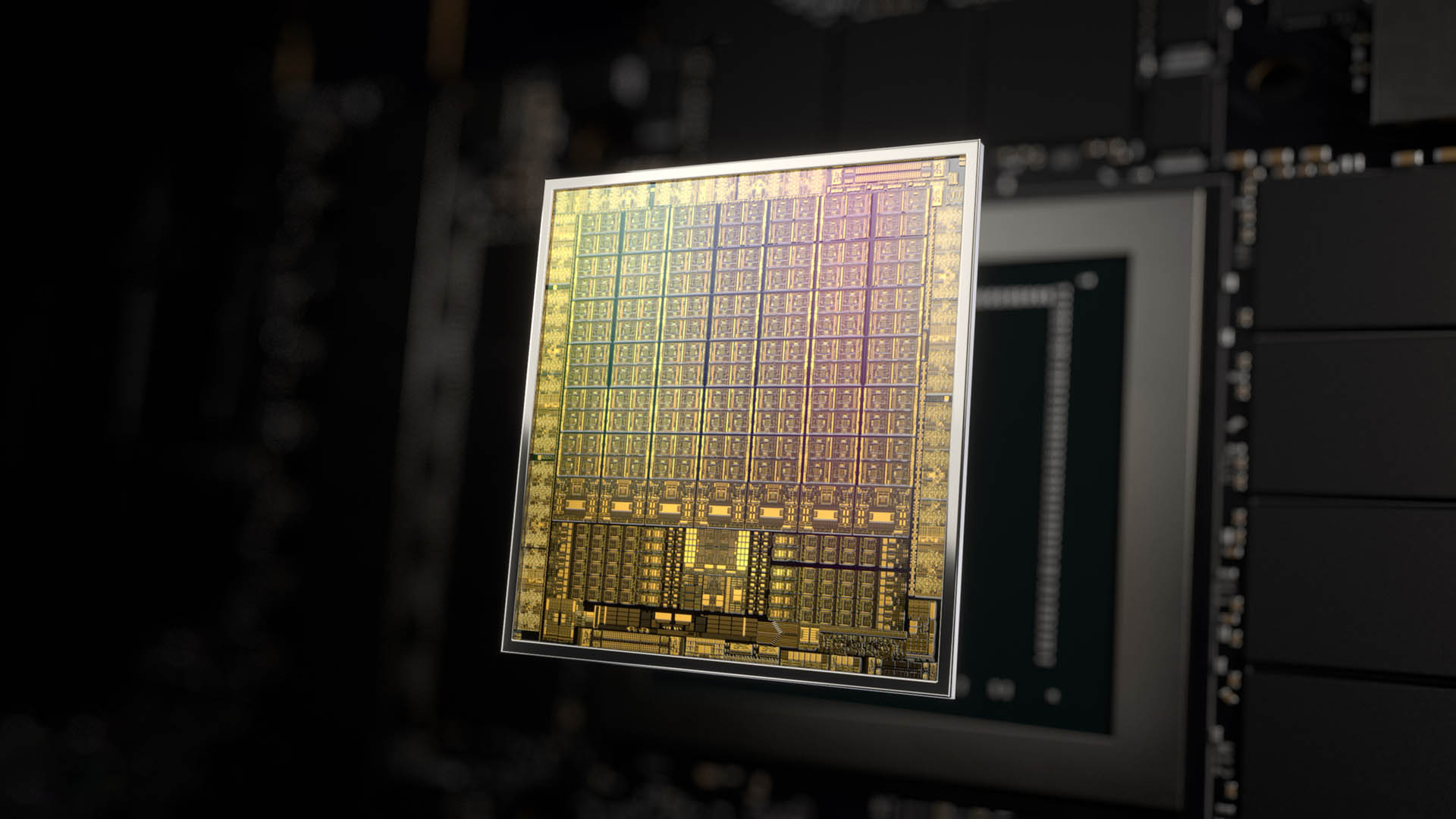
Will we see any sort of price correction on Nvidia Blackwell GPUs?
And so we reach the million dollar question: What sort of pricing are we expecting for these new GPUs?
Well, given that Nvidia has shown no real inclination thus far to adjust its pricing back to pre-pandemic levels, looking at the launch prices of the current cards strikes as a reasonable metric to start basing our guesses for the price points of the next generation too.
However, it is worth noting that some small adjustments have been made to its pricing strategy for some of its more recent cards, like the $50 price drop for the RTX 4070 in response to the AMD RX 7800 XT, or the $999 price tag for the RTX 4080 Super in comparison to the $1,200 original model.
While it's unlikely that Nvidia feels too much pressure from its competition to drop prices significantly, it does seem reasonable to think that we might see the next generation of cards coming in slightly under the previous generation in launch price given these recent adjustments, at least on the mid to high-end.
While the company does seem well aware of its enviable market position, price adjusting these new GPUs to be slightly more in favour to the consumer would be a good way to ensure that they stay that way, although perhaps that's simply wishful thinking on our part.
Certainly it's possible that Nvidia gambled on a pricing reset for this generation, pushing up the prices of its supporting stack of cards below the RTX 4090 flagship, and will now simply stick to that level going forward. Until it adjusts them up again in another few generations…
At the very least, any huge price drops in comparison to the current models seem very unlikely, especially given Nvidia CEO Jensen Huang's comments on the pricing of the generation previous.






